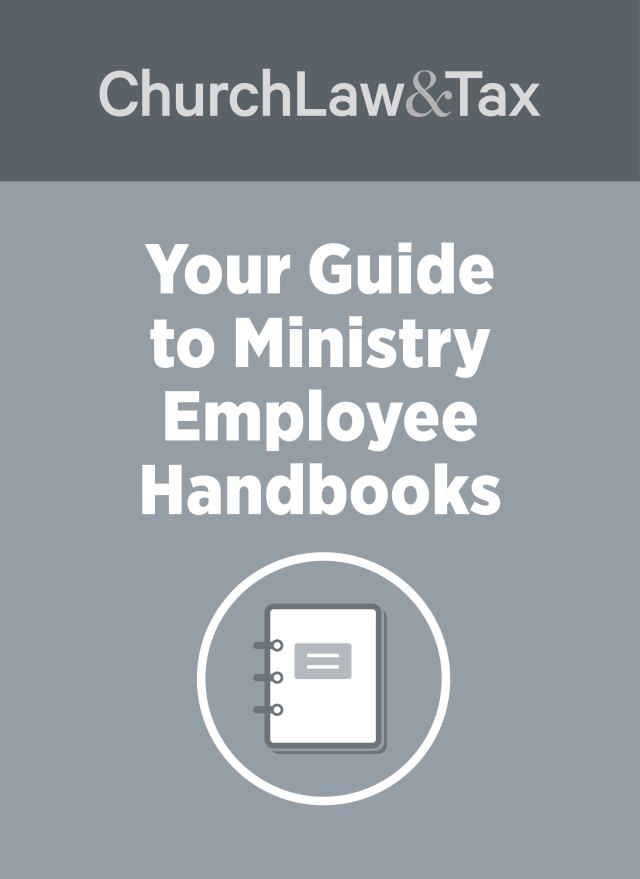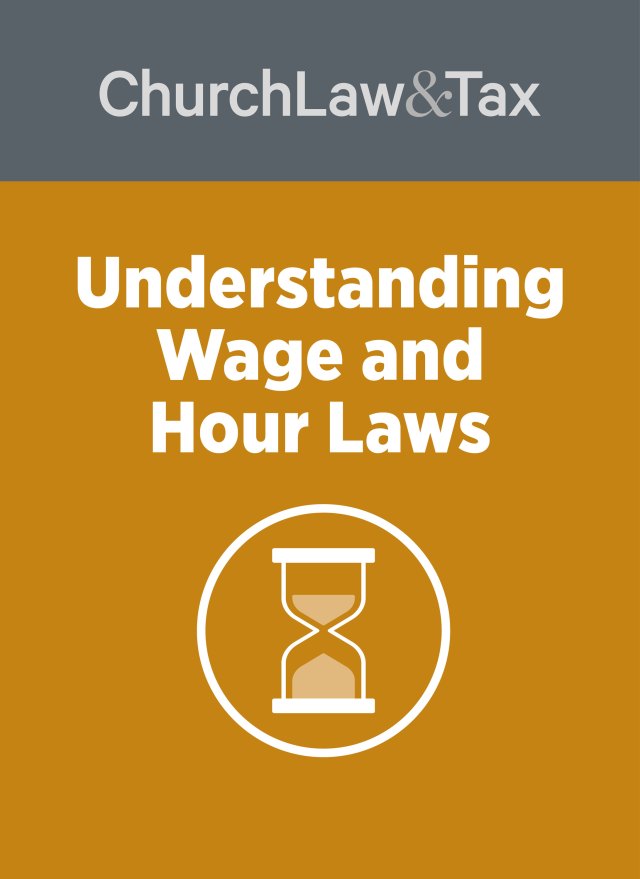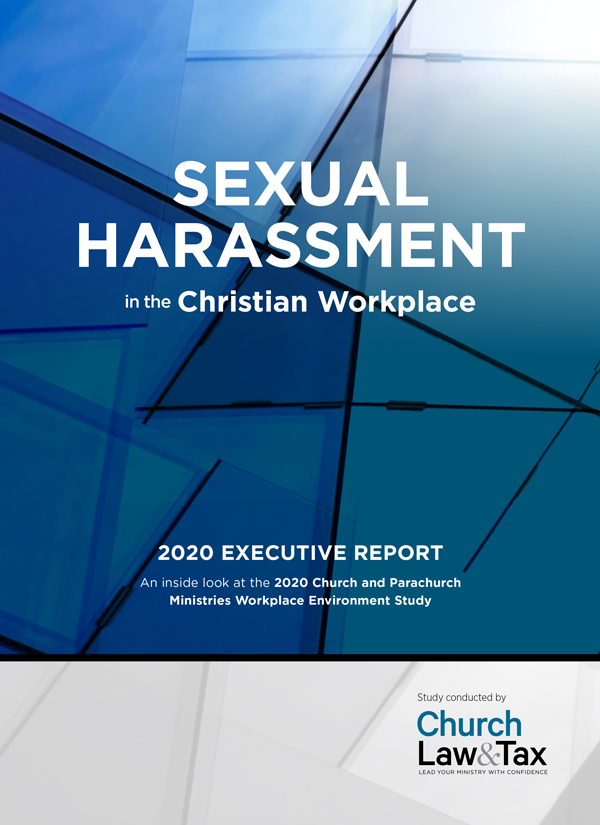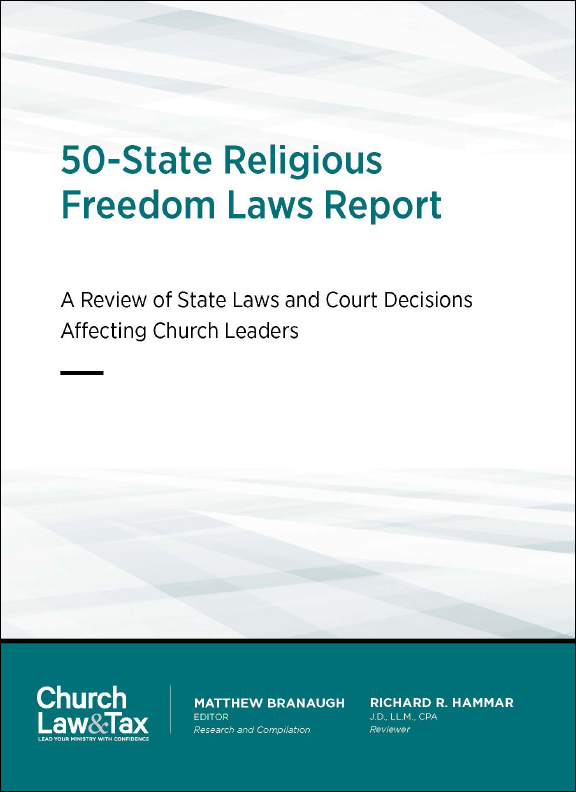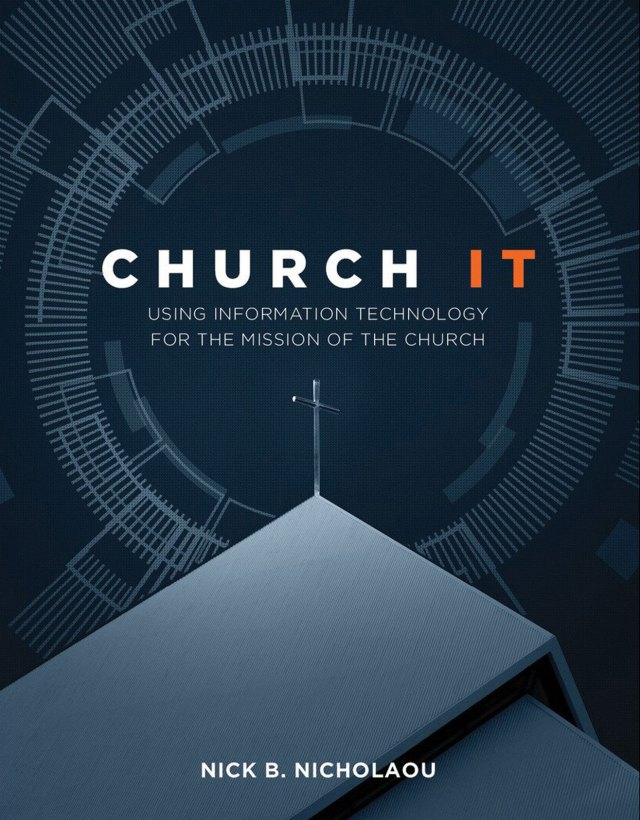• Key point. A church may have an affirmative legal duty to protect members from harm if a “special relationship” exists between the church and either the wrongdoer or potential victims.
A Washington state court ruled that a church official did not have a legal duty to protect persons from the actions of a church member. A church member (the “defendant”) sought out a bishop in the Mormon Church, and informed him that he had recently been in a fight with two teenage boys and that they had falsely accused him of inappropriate sexual contact. The bishop advised the defendant to be honest with the authorities and to seek the help of an attorney if criminal charges were filed. Several months later, the defendant again met with the bishop, telling him that he had pleaded guilty to misdemeanor assault. At the defendant’s request, the bishop agreed to help him find community service opportunities, as well as to monitor his progress in completing the required community service hours. The bishop then arranged for the defendant to help another church member build a log house. The defendant worked diligently on the log home. After several months, the bishop informed the court that the defendant had completed his community service hours, and the court entered an order terminating his community supervision. While the defendant worked on the log home, he became friends with the other church member who was working on the project, and began dating her 17-year-old daughter. A few months later, the two were engaged. The couple met with the bishop for premarital counseling, and the bishop persuaded the defendant to disclose to his future wife the false accusations that had been against him by the two teenage boys. The couple were later married. Two years later, the defendant was arrested for sexual contact with a teenage boy. Following his arrest, his wife’s brother disclosed that the defendant had sexually molested him. The brother sued the bishop and Mormon Church, alleging that they were responsible for his injuries. Specifically, the brother argued that the bishop had a duty to control the defendant and to prevent him from harming others. He asserted that this duty arose from the bishop’s agreement to monitor the defendant’s performance of his community service hours, and that the bishop breached this duty by failing to fully investigate the nature of the charges against the defendant. The brother insisted that an investigation would have revealed the defendant’s predatory nature, which would have alerted the bishop of the danger of placing the defendant in proximity to young boys.
The court noted that there is no duty to control the conduct of a third person to prevent him from causing physical harm to another unless “(a) a special relation exists between the actor and the third person which imposes a duty upon the actor to control the third person’s conduct, or (b) a special relation exists between the actor and the other which gives to the other a right to protection.” For such a duty to arise, the relationship between the defendant and the third party must be “definite, established and continuing.” Additionally, a relationship where one “takes charge” of another rises to the level of requisite control for this duty to be imposed: “One who takes charge of a third person whom he knows or should know to be likely to cause bodily harm to others if not controlled is under a duty to exercise reasonable care to control the third person to prevent him from doing such harm.”
The court noted that the bishop volunteered to supervise the defendant’s community service performance. The issue, though, was whether the bishop “took charge” of the defendant by virtue of that supervision. The court concluded that the bishop had none of the responsibilities or functions that demonstrate control:
First, unlike a parole officer who enforces the terms of parole, [the bishop] was responsible only for monitoring [the defendant’s] performance of his community service. Given that [the bishop] was not informed of any other conditions of [the defendant’s] suspended sentence, it cannot be said that he was charged with enforcing or supervising them. Second, when [the bishop] agreed to report the hours that [the defendant] completed, he indicated that he would not physically supervise [the defendant’s] work. Finally, had [the defendant] failed to perform his required community service, [the bishop’s] only recourse would simply have been to report that [he] had not completed his hours. Nothing in the record indicates that [the bishop] could have compelled [the defendant’s] performance. Nor is there anything to indicate that [the defendant’s] failure to perform would have triggered other duties or responsibilities for [the bishop], such as petitioning the court to reinstate [his] sentence. In short, the facts of this case do not indicate that [the bishop] “took charge” of [the defendant].
Absent evidence that the bishop “took charge” of the defendant, no special relationship existed between them. And absent a special relationship, the bishop “had no duty, as a matter of law, to control [the defendant] to prevent him from harming others.” Having failed to establish a duty of protection, the victim could not maintain a negligence claim against the bishop or church.
The court also noted that even if the bishop had “taken charge” of the defendant, and therefore owed a duty to protect the victim, there would be no liability because the abuse occurred at least one full year after the defendant’s community supervision was terminated by court order. As a result, it was “simply too remote in time” to have been caused by the bishop’s allegedly negligent supervision. In summary, even if the bishop had a duty to control the defendant by virtue of his supervisory relationship, that duty “would have ended when the relationship did.”
Application. This case illustrates two very important legal principles that are relevant to every church. First, a church ordinarily has no legal duty to protect members against criminal or other wrongful behavior. However, there are exceptions to this general rule. One exception arises when a “special relationship” exists between the church and either the wrongdoer or the victim. Under such circumstances, a duty may exist to protect potential victims from harm. The courts have reached different conclusions regarding the existence of a special relationship in the context of churches and church workers. This court concluded that the bishop did not have a special relationship with either the defendant or the victim. But it did concede, based on a previous Washington state court ruling, that a special relationship exists between adult church workers and children in the congregation that gives rise to a duty of protection. Funkhouser v. Wilson, 950 P.2d 501 (Wash. App. 1998) (addressed in a feature article in the July-August 1998 issue of this newsletter). The court in the previous decision concluded: “We believe that churches and the adult church workers who assume responsibility for the spiritual well being of children of the congregation, whether as paid clergy or as volunteers, have a special relationship with those children that gives rise to a duty to protect them from reasonably foreseeable risk of harm from those members of the congregation whom the church places in positions of responsibility and authority over them.” In summary, the bishop had no special relationship with the defendant in this case, but the court conceded that church employees and volunteers who are in official positions of instruction or supervision involving children do have a special relationship with those children that gives rise to a duty of protection. Courts that follow this ruling will be more likely to find a church legally responsible for injuries to children, even if unexpected. They also will be more willing to find a “duty to protect.” Such a duty imposes upon church leaders an even greater responsibility to screen and supervise workers, and to take other steps to reduce the risk of harm.
Second, the court concluded that even if a special relationship existed between the bishop and defendant giving rise to a duty to protect others from harm, this duty ended when the special relationship ended. In other words, the bishop no longer had a duty to protect when he ceased to be involved in the court-sanctioned supervision of the defendant. Such a ruling can be used by churches that are sued because of the misconduct of a former member or youth worker. Sometimes a former volunteer worker or employee molests or injures another person, and the victim claims that the church is responsible. According to this court, such a church would have no legal obligation to protect others from the former volunteer or employee after his or her position was terminated. This will be a useful precedent to churches that are sued on account of the wrongs of a former worker. Flanigan v. McCrae, 1999 WL 58767 (Wash. App. 1999). [Negligence as a Basis for Liability]
© Copyright 1999 by Church Law & Tax Report. All rights reserved. This publication is designed to provide accurate and authoritative information in regard to the subject matter covered. It is provided with the understanding that the publisher is not engaged in rendering legal, accounting, or other professional service. If legal advice or other expert assistance is required, the services of a competent professional person should be sought. Church Law & Tax Report, PO Box 1098, Matthews, NC 28106. Reference Code: m67 m86 c0499
